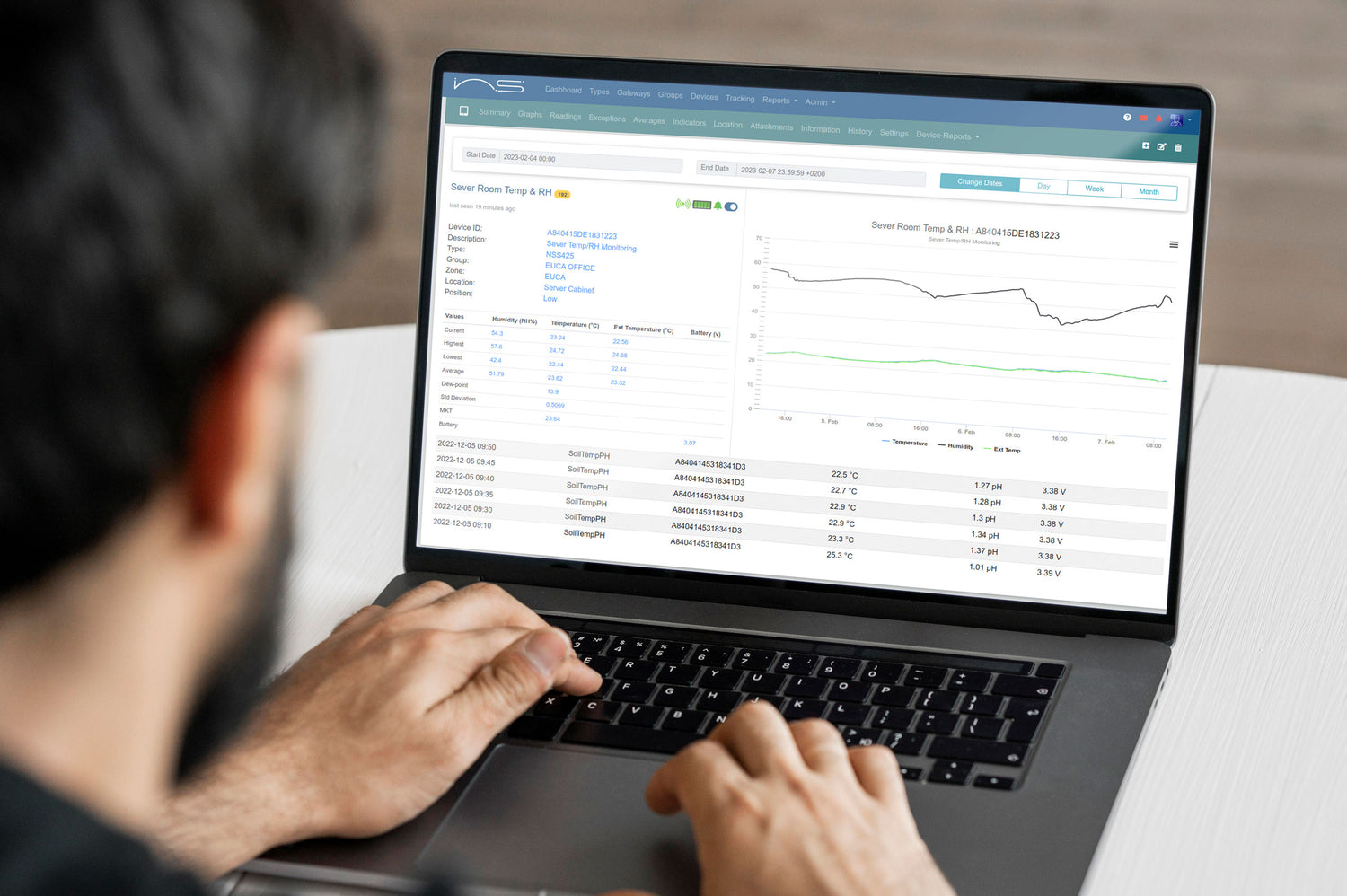The Need For Accurate Data
When companies or warehouses have a storage facility with over nine meter long ceilings and a warehouse racking system, heat can get trapped. Many products are temperate and humidity sensitive, seasonal fluctuations such as extreme summer heat and shifts in humidity can quickly compromise product quality. Wholesalers cannot allow vast temperature swings to happen, therefore it needs to be ensured that air handling units are sufficient to keep products within an acceptable temperature and humidity range. Soft gels are affected by higher temperatures while hard tablets are susceptible to humidity by absorbing moisture which causes them to soften.

Summer and winter mapping is important for pharmaceutical warehouses because it allows them to store their products in an optimal way. Summer mapping season in South Africa is between September to February and winter mapping is between June to August. Summer and winter mapping allows warehouses to store products that are sensitive to temperature and humidity or less temperature-sensitive, ensuring they remain stable and safe during season changes. Additionally, summer and winter mapping ensures that products are stored in a way that maximizes space utilization, allowing warehouses to optimise storage space.
GxP for higher standards
Good Manufacturing Practice (GMP/GxP) helps ensure product quality requirements are being met by pharmaceutical industry manufactures. Good Warehousing Practice (GWP) has implemented that all parties involved in the supply chain of pharmaceutical products are responsible for the effective, efficient and safe handling of storage and distribution of products in a manner that does not risk exposure to temperatures outside of their recommended storage conditions that could potentially affect the quality, safety and effectiveness of the products.

Nvirosense Sensors
EUCA Technologies has a variation of temperature and relative humidity sensors which can assist in the GWP standards being met. The sensors from our Nvirosense range can be used in various applications such as cold chain management, food safety, as well as research for ecology and agricultural field monitoring, and of course, building monitoring such as industrial heating and cooling. These sensors, such as the NSS250 and the NSS450 can read and support a general temperature range of -55°C to 125°C. Using such products can help you read the conditions of your warehouses through a series of LoRa/ BLE sensors facilitating the use of external cable temperature probes. The Nvirosense plotflow allows the user to configure a device, troubleshoot and see real-time sensor data.

Using these sensors, your warehouse facilities can also make use of EUCA's mapping services. By simply sending us a copy of your environment's floor plan or layout and setting up a time and a date so we can survey your site. Using our services is a simple way to obtain GWP/GMP- compliant mapping reports. These sensors can also be rented but once they are bought and owned by your warehouse facility, they can be used for mapping solutions for many years.
EUCA can also run Hot & Cold Spot Risk Analysis (RA) reports which locate your non-threat zones and high-threat zones, which could implicate certain product requirements. Their qualified mapping technicians use your floor plan to determine the measurement point placements you will need, EUCA can do the entire setup and maintenance of instruments for your facility, they can also configure and label your bought calibrated loggers, which can then be mailed to your site with instructions for placing and starting.

Once we has received all of your data files from the loggers software they can go on and compile a final GxP Thermal Mapping report for you, which includes graphs for each measuring point and calibration data for each instrument. From this data you can decide what and where changes need to be made in your facility based on your summary received.




